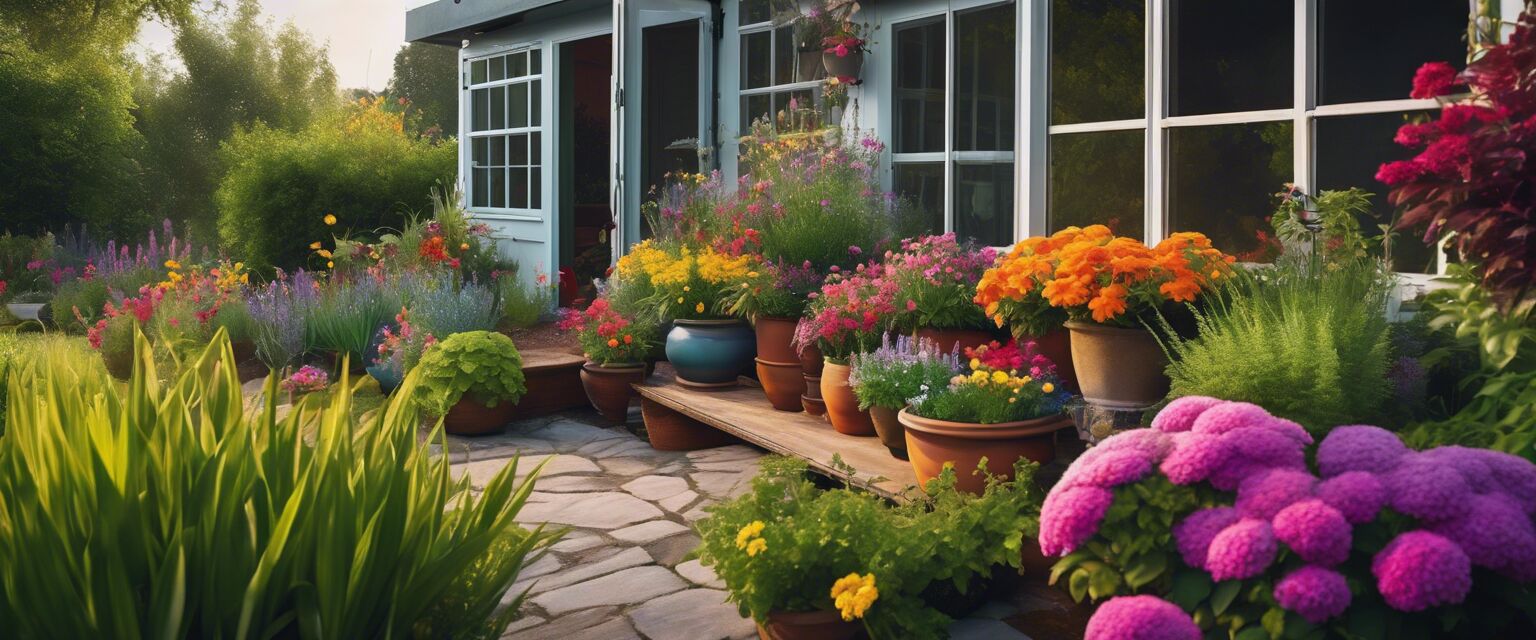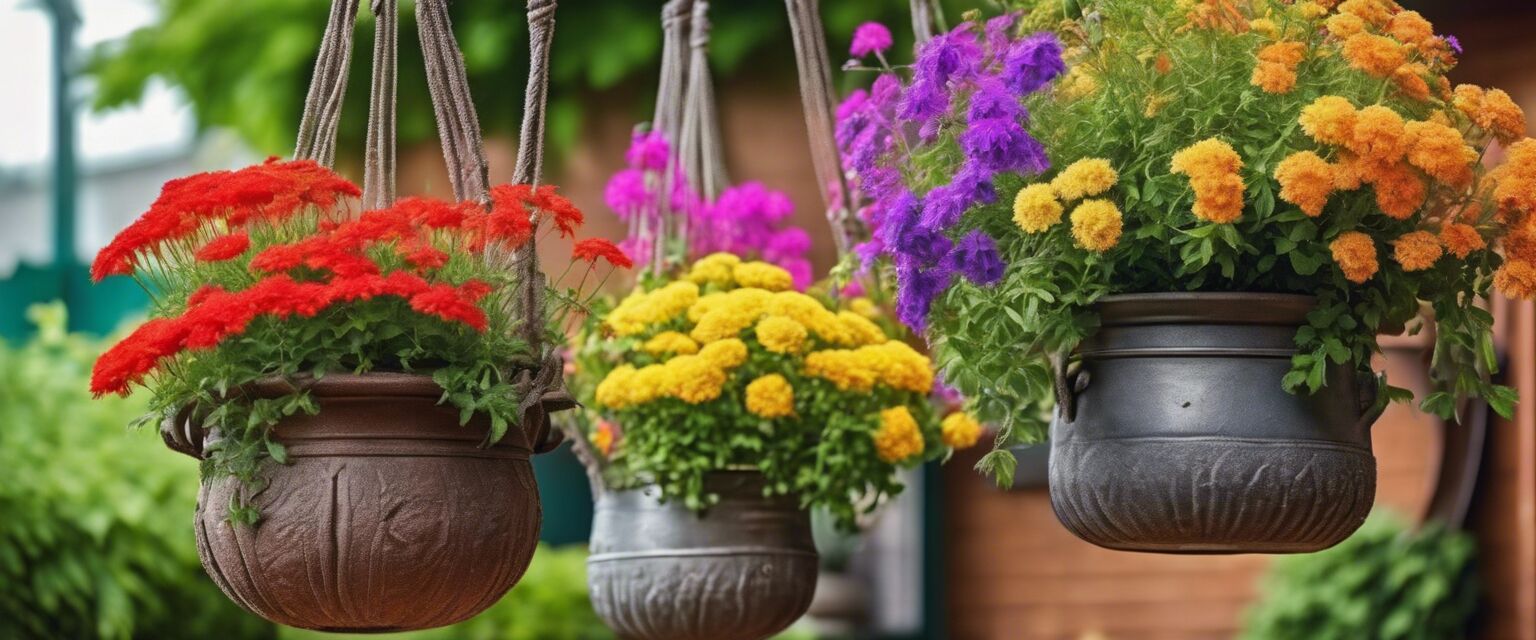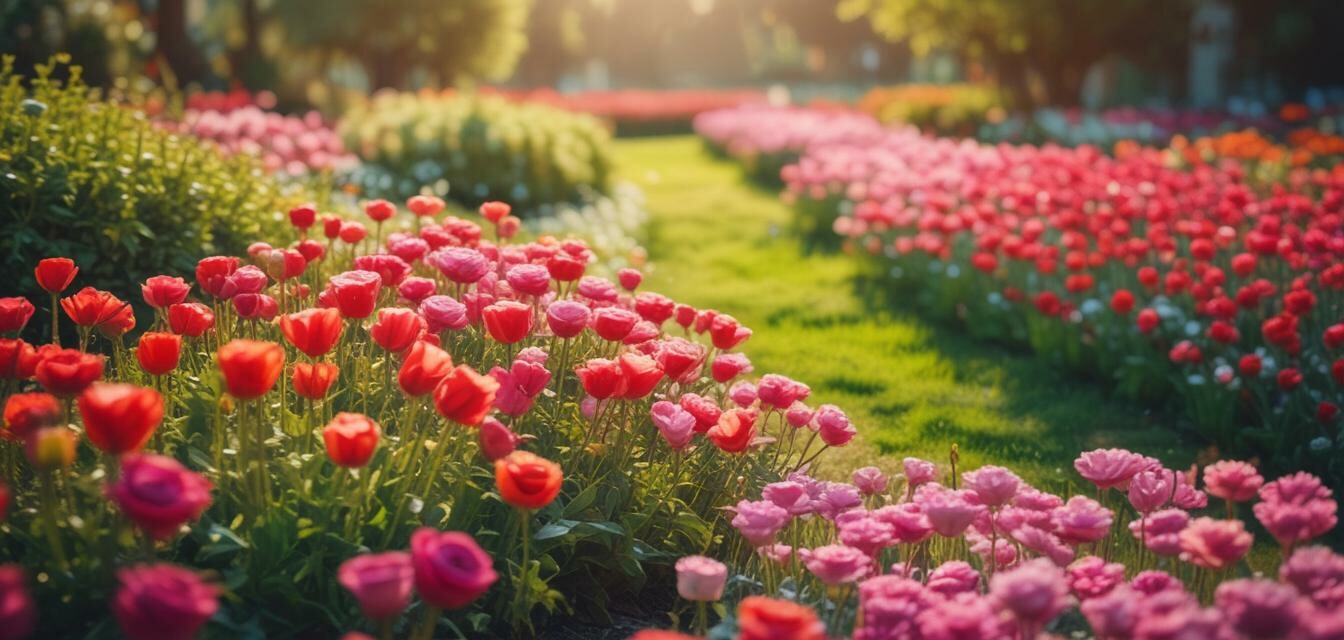
Container Gardening
Container gardening is an ideal choice for urban dwellers or those with limited space. With the right tips and techniques, you can create a lush, thriving garden using containers and raised beds. In this guide, we will explore strategies to maximize your garden's potential, regardless of how small your available space may be.
- Container gardening is perfect for small spaces.
- Diverse plants can thrive in different types of containers.
- Proper watering and drainage are essential.
- Soil quality influences plant health significantly.
What is container gardening?
Container gardening involves growing plants in pots, tubs, or other containers, as opposed to planting them directly in the ground. This method allows for greater flexibility and can be done on patios, balconies, or any small outdoor area. Additionally, it makes gardening accessible for individuals who may have limited mobility.
Benefits of container gardening
- Easy to manage and maintain.
- Possibility of creating a microclimate.
- Variety of design options.
- Less worry about soil quality pests in the ground.
- Mobility – move containers to take advantage of sunlight or shade.
Choosing the right containers
When selecting containers, consider material, size, and drainage. Here's a table summarizing container types:
| Container Material | Advantages | Disadvantages |
|---|---|---|
| Plastic | Lightweight and affordable | Can degrade in UV light |
| Ceramic | Attractive and heavy | Can crack in freezing temperatures |
| Metal | Durable and stylish | Can overheat plants in summer |
| Wood | Natural look and sturdy | Requires maintenance to prevent rot |
Essential features of good containers
- Size should be appropriate for the plant species.
- Drainage holes to prevent waterlogging.
- Depth depends on the plant type, especially for root systems.
Soil and nutrients
Using high-quality potting soil is critical for container gardening as it offers proper drainage and aeration. Here are some tips for soil management:
- Choose a soil mix designed for containers.
- Consider adding slow-release fertilizers to meet nutrient needs.
- Regularly check moisture levels to prevent over or under-watering.
Watering correctly
Watering is one of the most critical aspects of container gardening. Containers dry out quickly, so regular checks are necessary. Here’s a quick guide:
- Check soil moisture daily.
- Water thoroughly until it drains out the bottom.
- Avoid letting plants sit in water trays.
Tips for effective watering
- Use self-watering containers for added convenience.
- Group containers to reduce evaporation loss.
- Add mulch to retain moisture and reduce temperature fluctuations.
Choosing the right plants
Not all plants are suitable for container gardening. Here is a table showing plant varieties adaptable to container life:
| Plant Type | Best Conditions for Growth | Suggested Containers |
|---|---|---|
| Herbs | Full sun, light watering | Small pots, window boxes |
| Vegetables | At least 6 hours sunlight | Medium to large buckets |
| Flowers | Varies by type | Hanging baskets, large pots |
Popular plants for container gardening
- Tomatoes
- Basil
- Petunias
- Succulents

Seasonal container gardening
Container gardens can change with the seasons. Here's how to adapt your garden:
- Spring: Plant cool-weather crops like lettuce and pansies.
- Summer: Transition to heat-loving varieties like tomatoes and zinnias.
- Fall: Incorporate hearty plants like kale and ornamental cabbage.
- Winter: Use evergreens and ornamental grasses for structure.
Container gardening design ideas
Creating an aesthetic display can enhance the joy of gardening. Here are several layout ideas:
| Design Idea | Description |
|---|---|
| Tiered Gardens | Use steps or plant stands to layer containers for visual interest. |
| Color Blocking | Group containers by color for a striking focal point. |
| Wildflower Mix | Plant various flowers together in one pot for a natural look. |
Maintenance and care
Routine care is vital to ensuring your container garden thrives:
- Regularly check for pests and diseases.
- Deadhead flowers to encourage blooming.
- Refresh soil and nutrients at least once a year.
Pros
- Flexibility in plant selection and layout.
- Easier to control environmental factors.
- Low maintenance for busy individuals.
Cons
- Need frequent watering.
- Limited root space may restrict growth.
- Potential for overexposure to elements.

Conclusion
Container gardening is a rewarding way to enjoy gardening in limited spaces. Armed with the right knowledge, you can create a varied and lush garden using containers. Remember to choose the ideal plants, use quality materials, and give them some love and care. Happy gardening!
Learn more about gardening!
For more tips, explore our other resources:








